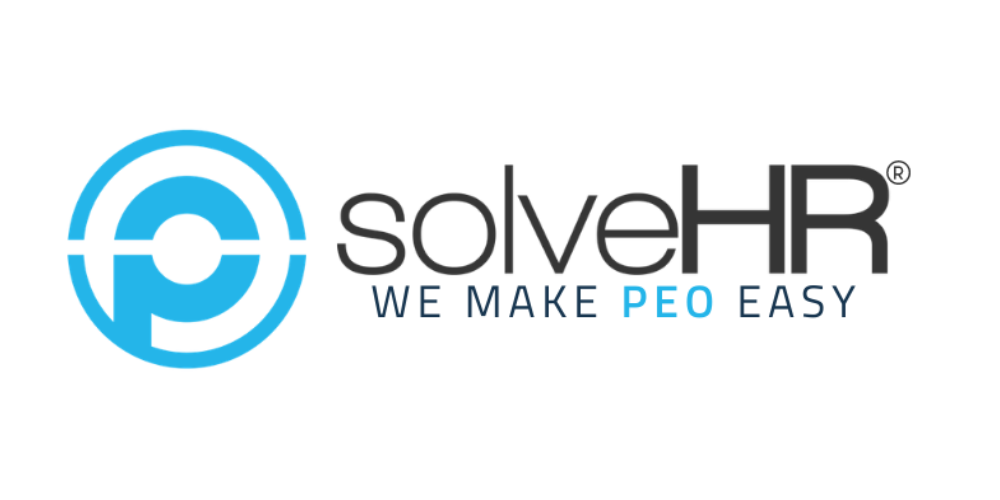- 12/13/2023
- Posted by: Matt Muriel
- Category: Uncategorized

As the calendar pages turn towards the year’s end, the annual rhythm of festivities and reflections begins. Amidst the holiday buzz and year-end celebrations, there’s a professional ritual that takes center stage – the Year-End Performance Review. Beyond the paperwork and discussions, these reviews are a pivotal moment for employees and organizations alike, offering more than just a recap of the past twelve months.
Navigating the Reflection Waters
Picture this: the conference room is aglow with the soft hum of overhead lights as employees gather for their Year-End Performance Reviews. It’s a time when accomplishments are spotlighted, challenges are dissected, and the roadmap for the upcoming year is sketched out. For many, it’s a moment of reflection, a chance to not only look back at the journey traversed but also to cast a vision for the path ahead.
In the bustling world of professional endeavors, Year-End Performance Reviews stand as more than a procedural box to check. They are an invaluable opportunity for both managers and employees to dive into the intricacies of the year’s endeavors, extracting insights that go beyond the surface. It’s a chance to recognize efforts, align individual goals with the organizational compass, and sow the seeds for professional growth.
In this blog post, we’ll explore the multifaceted importance of Year-End Performance Reviews. Beyond the conventional perceptions, we’ll delve into how these reviews, when approached with intention and enthusiasm, can be transformative for individuals and the collective success of the organization. So, buckle up as we unravel the layers of significance behind this annual rendezvous.
1. Reflection and Recognition:
Year-End Performance Reviews provide an opportunity for employees to reflect on their accomplishments, challenges, and overall contributions throughout the year. It’s a moment to acknowledge hard work, achievements, and milestones. Recognition is a powerful motivator, and the review process allows managers to highlight and appreciate the efforts that have driven the team forward.
2. Goal Alignment and Setting:
These reviews serve as a platform for aligning individual goals with organizational objectives. By discussing past performance, managers can help employees understand how their work contributes to the broader goals of the company. It’s also a chance to collaboratively set new goals for the upcoming year, ensuring that everyone is moving in the same direction.
3. Professional Development:
Year-End Performance Reviews are an ideal time to discuss opportunities for professional growth. Identifying areas for improvement and skill development can lead to targeted training programs and mentorship opportunities. Investing in employees’ development not only enhances their capabilities but also strengthens the overall skill set of the team.
4. Communication and Feedback:
Effective communication is the backbone of any successful organization. Year-End Performance Reviews facilitate open and honest conversations between employees and managers. Constructive feedback, both positive and areas for improvement, ensures that expectations are clear, and everyone is on the same page. This helps in building a culture of transparency and trust.
5. Retention and Engagement:
Employees who feel valued and understand their role in the bigger picture are more likely to be engaged and committed. Year-End Performance Reviews contribute to employee satisfaction and can play a role in talent retention. When individuals see that their efforts are recognized and rewarded, it fosters a positive workplace environment.
In conclusion, Year-End Performance Reviews are not just a formality but a strategic tool for organizational success. By reflecting on the past, aligning goals, fostering professional development, encouraging communication, and promoting engagement, these reviews contribute significantly to the growth and prosperity of both individuals and the company. Embrace the process, and turn it into an opportunity for progress.

